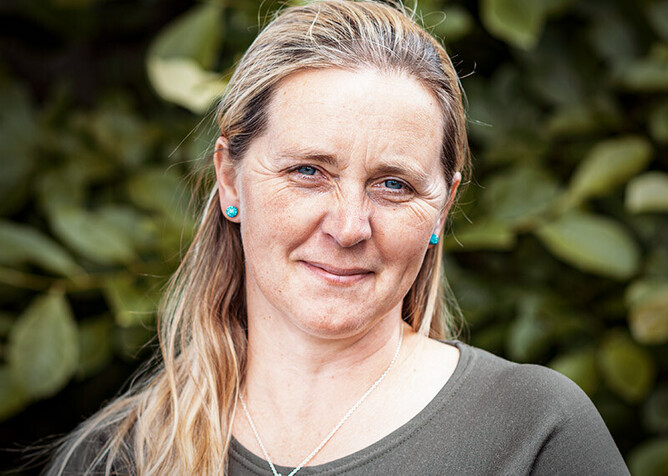As National Environmental Standards for Indigenous Biodiversity loom on the horizon for farmers, planting the right trees in the right place has never been more important says Rachael Mitchell, the first agricultural consultant certified in both nutrient management and forestry advisory in New Zealand.
A Perrin Ag Senior Consultant, Rachael says the Indigenous Biodiversity Standards, introduced in August 2023, will be rolled out by district councils over the next couple of years and farmers have an opportunity to combine all their regulatory requirements into one activity.
"There is a lot of discussion about planting pine trees in relation to ETS credits, but carbon capture isn't the only reason for tree planting," says Rachael.
"Fostering biodiversity through native planting can yield financial rewards and environmental benefits in the long run. It’s never been more important to plant the right tree in the right place for the right purpose," says Rachael.
Rachael is a Certified Nutrient Management Advisor and has recently been approved the Ministry for Primary Industry’s accreditation as a Specialist Forestry Advisor, the first consultant in New Zealand to hold both qualifications.
She says there has been a strong focus on pine forests, but native planting represents an opportunity to help farmers navigate environmental sustainability by capturing greenhouse gases and managing nutrients. It also has the potential to turn profits when future biodiversity credit market become established in New Zealand.
Rachael says most farmers are now well-versed in nutrient losses and they are now getting their heads around their GHG profile and ecological footprints.
“The next cab off the rank is reducing their GHG profiles and then the National Environmental Standards for Indigenous Biodiversity, introduced in August this year, will appear on their horizon as they are implemented by the district councils.”
While some forestry advisors are often fixated on pine trees, Rachael says her approach spans understanding nutrient profiles, greenhouse gas implications, and now forestation or native revegetation on farms. With most of her spare time spent volunteering in native restoration on private and public projects, as well as at Sanctuary Mountain Maungatautari, her knowledge is more than just academic.
"My passion lies in understanding how the whole farm ecosystem works together and helping farmers make informed choices to sustainably manage their operations."
Perrin Ag was recently involved in a study as part of the Our Land and Water Science Challenge that suggested a market for biodiversity credits could be viable in the future. Right now, New Zealand has an emergent biodiversity credit market. However, the study of 17 different funding models suggested credits were the most viable funding option to support farmers to fund land use change and meet environmental targets.
“It’s important to look at what you’re planting,” says Rachael. “Pine trees might be the cheapest option and oak trees might look good around a duck pond but appropriate natives in appropriate areas will capture carbon, help manage nutrients and increase biodiversity. Investing in planting natives will provide the best opportunities for dovetailing into future biodiversity credits.”
With debate around the management of our pine forests following Cyclone Gabrielle, Rachael believes permanent afforestation is also likely to become more prevalent around New Zealand. With a reduced appetite for any kind of pine trees, native afforestation may be on the cusp of coming into its own.
“Making choices about which trees to plant in perpetuity carries with it a high level of responsibility to get it right,” she says. “These decisions need to be looked at from all angles including nutrient management, GHG capture and the impact on farm biodiversity.”
